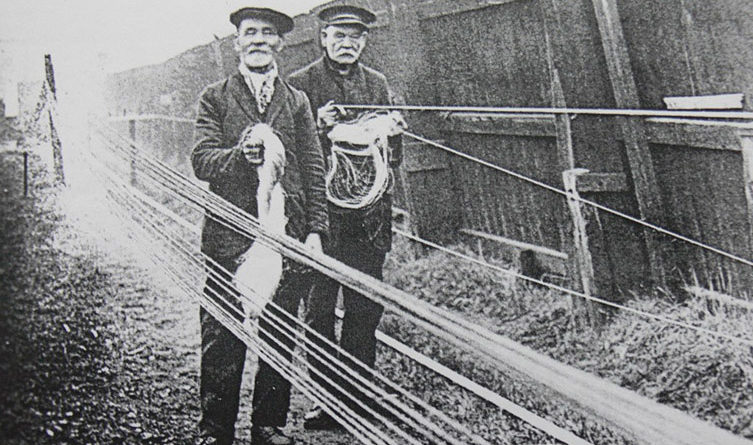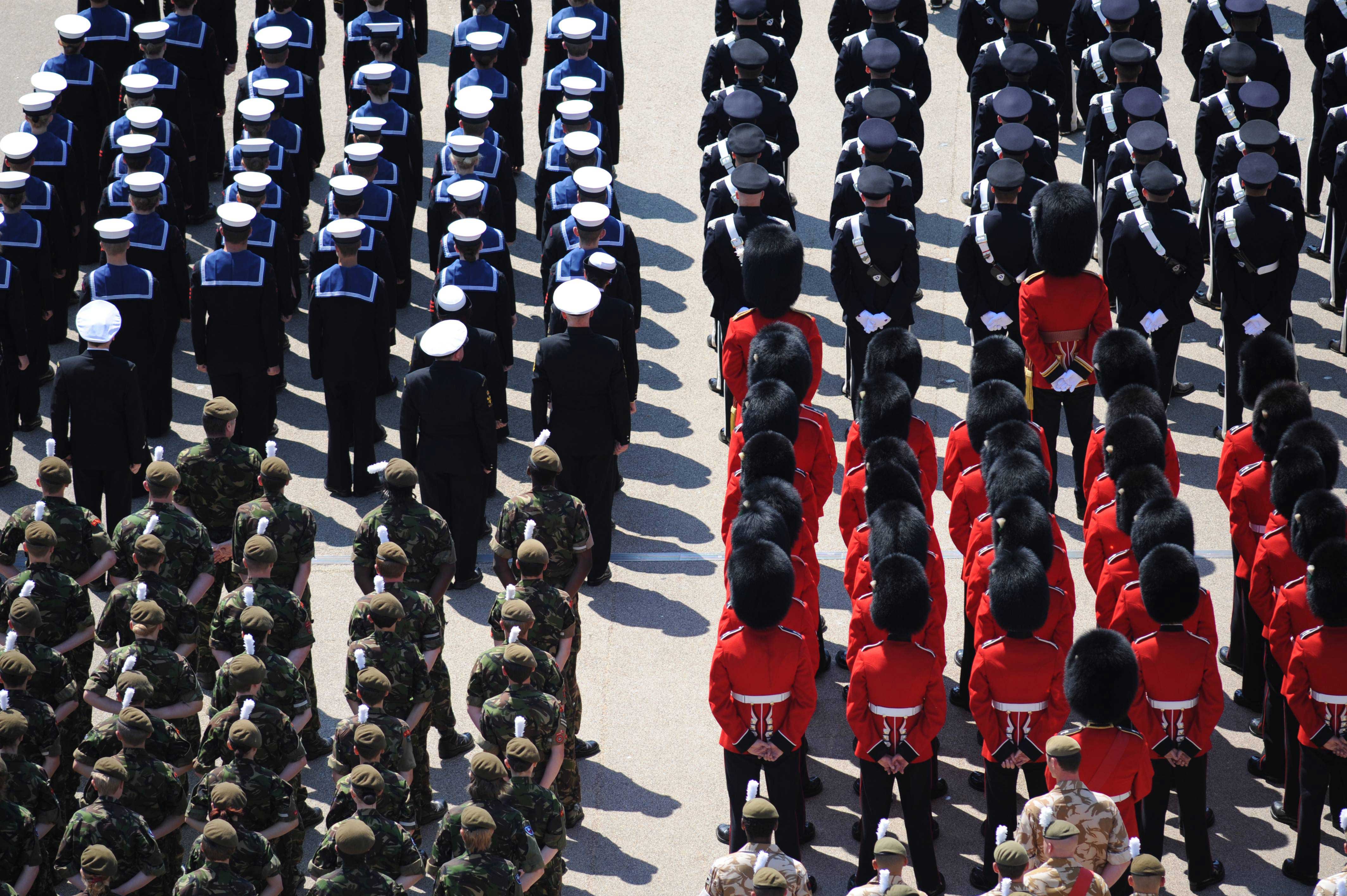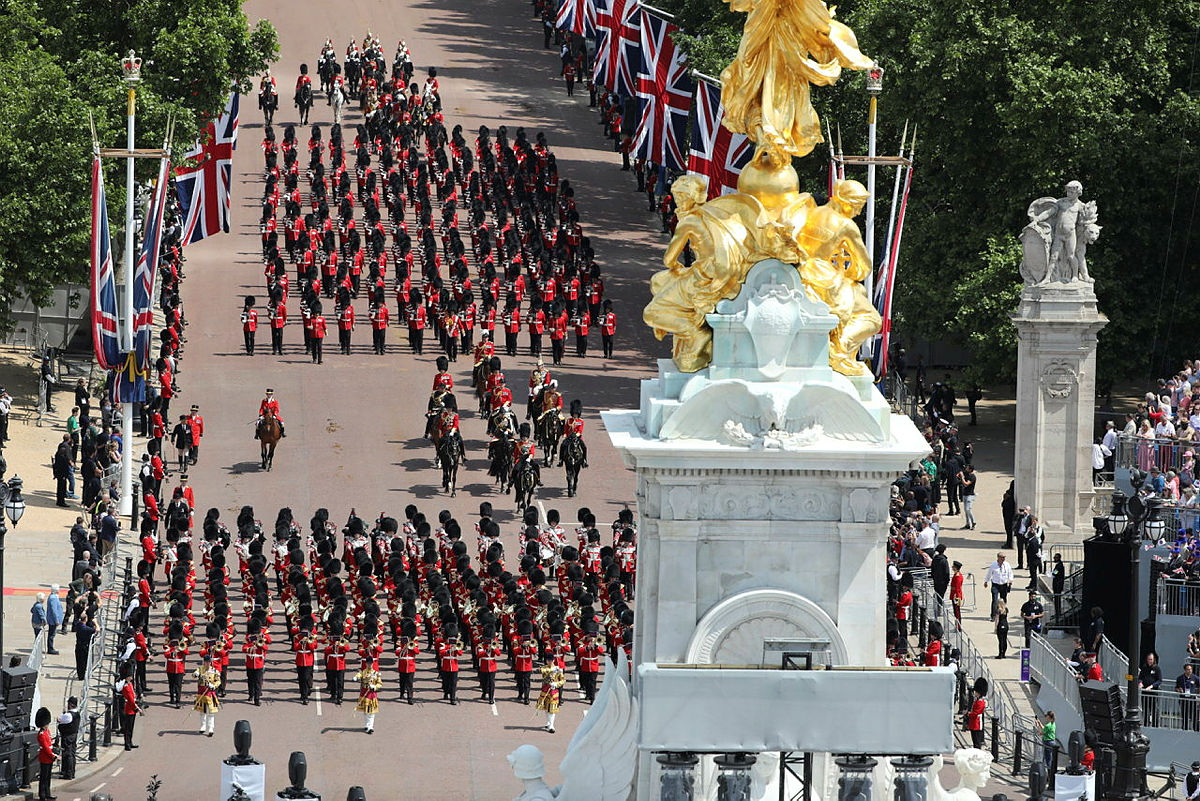While in the modern industrial era rope is manufactured on a dedicated rope-making machine, traditionally it was made using what’s called a ropewalk.
A ropewalk is a long straight narrow lane where long strands of material are laid out before being twisted together to make rope. The word walk comes from the fact that ropewalks were often extremely long and required that the workers literally walk up and down as they threaded each strand or ply on to the ropewalk machine’s spinning hooks.
Some workers even used bikes if the rope walk was especially long.
Ropewalks were notorious for being hard sweatshops but also a considerable fire hazard as the hemp dust generated was highly flammable and burned angrily. Rope used to be essential for sailing ships such as HMS Victory which required over 20 miles of rope.
The ropewalk at Chatham Dockyard still produces rope and has an internal length of 346m. In 1790, when it was constructed, it was the longest brick building in Europe. Before steam power was introduced in 1836 it took over 200 men to form a close 20-inch cable-laid rope.
The first stage of rope production was the spinning and tarring of raw hemp and Manila hemp into yarn before the rope walk is used to form and close the finished rope.
At Wyedean we have our own 25m rope walk which is still used to this day to produce small samples and short ropes.
The following video shows a demonstration of how the rope walk works with explanation from Wyedean’s managing director Robin Wright. In this video Robin shows how we make a horse lead for the Royal Horse Artillery, King’s Troop.




